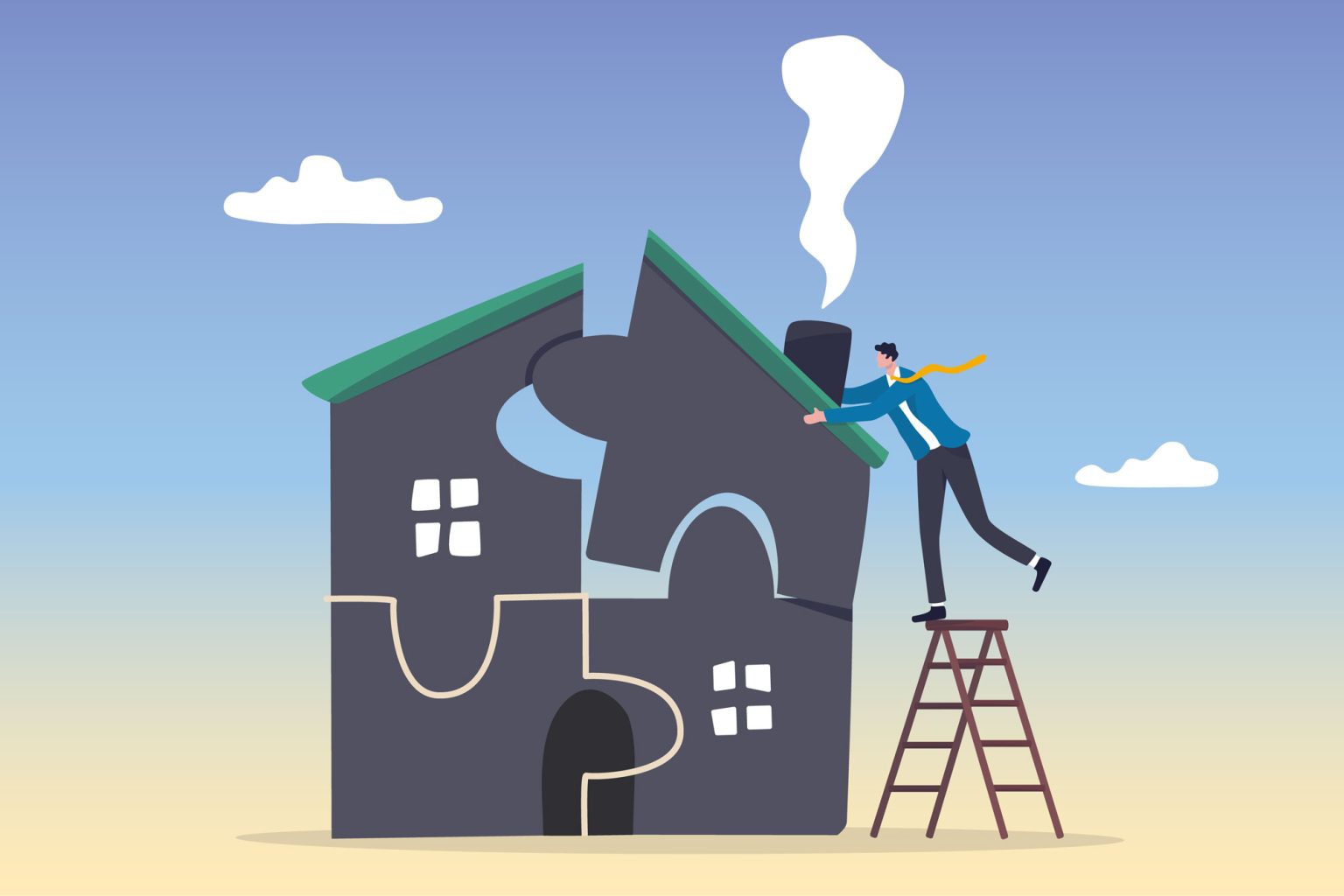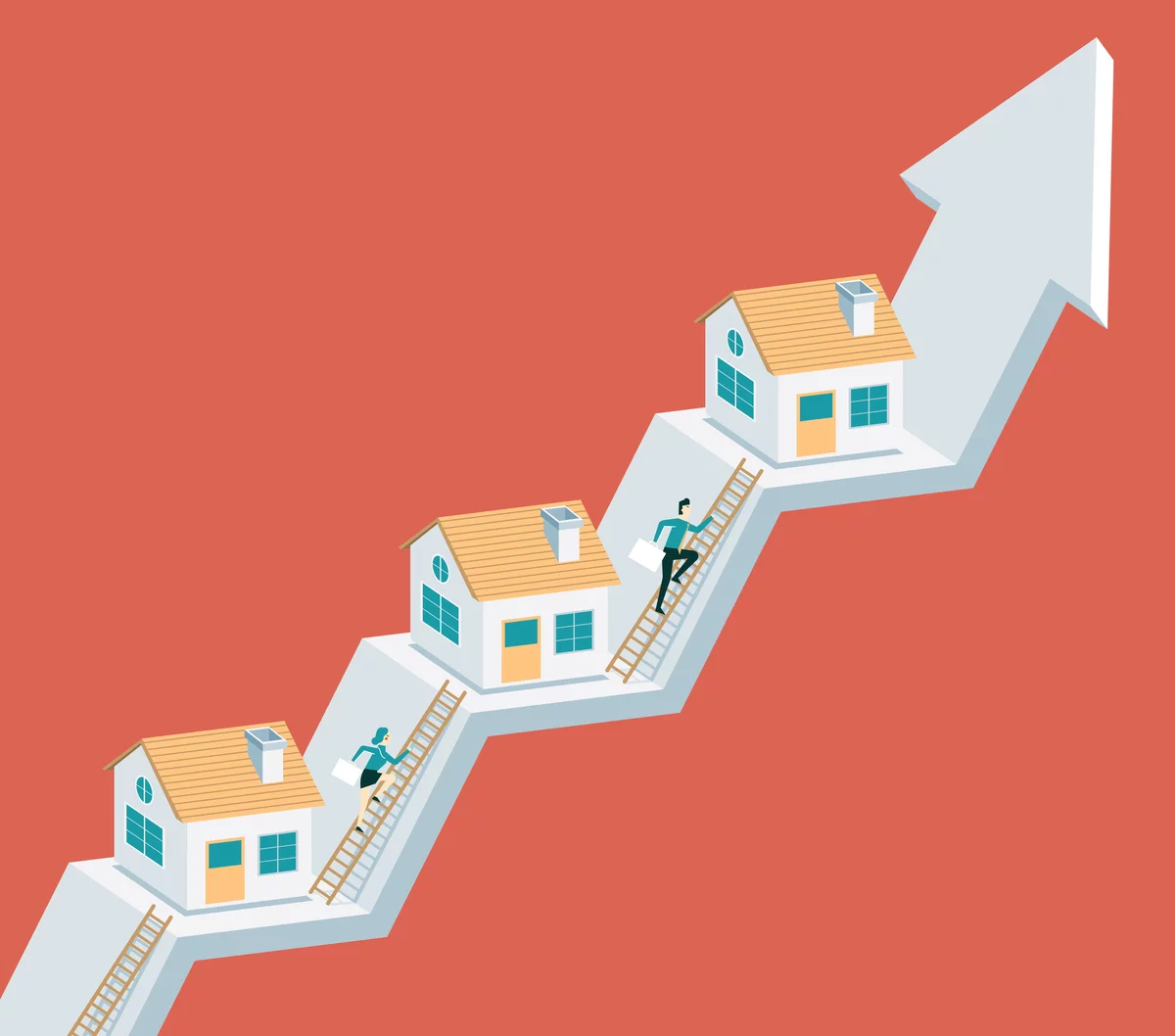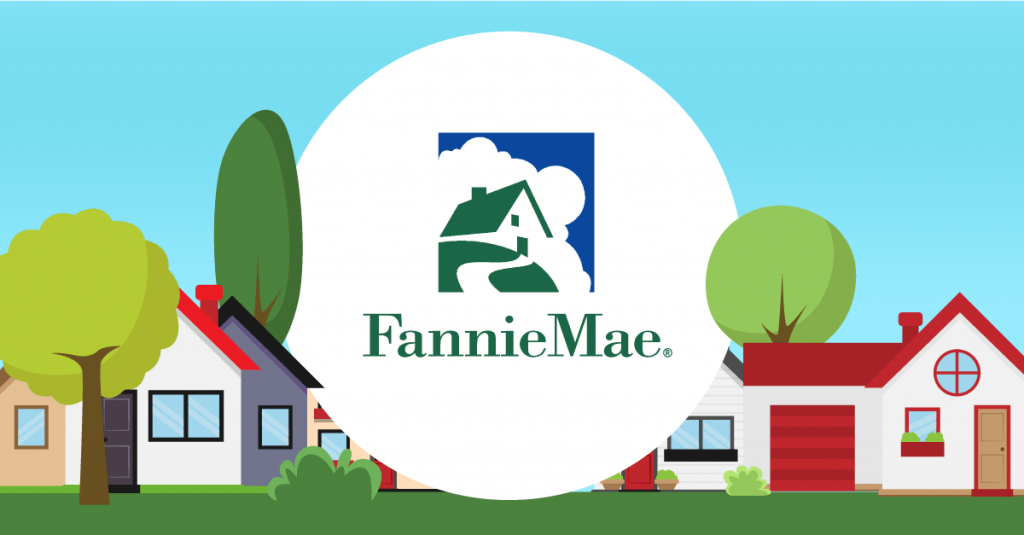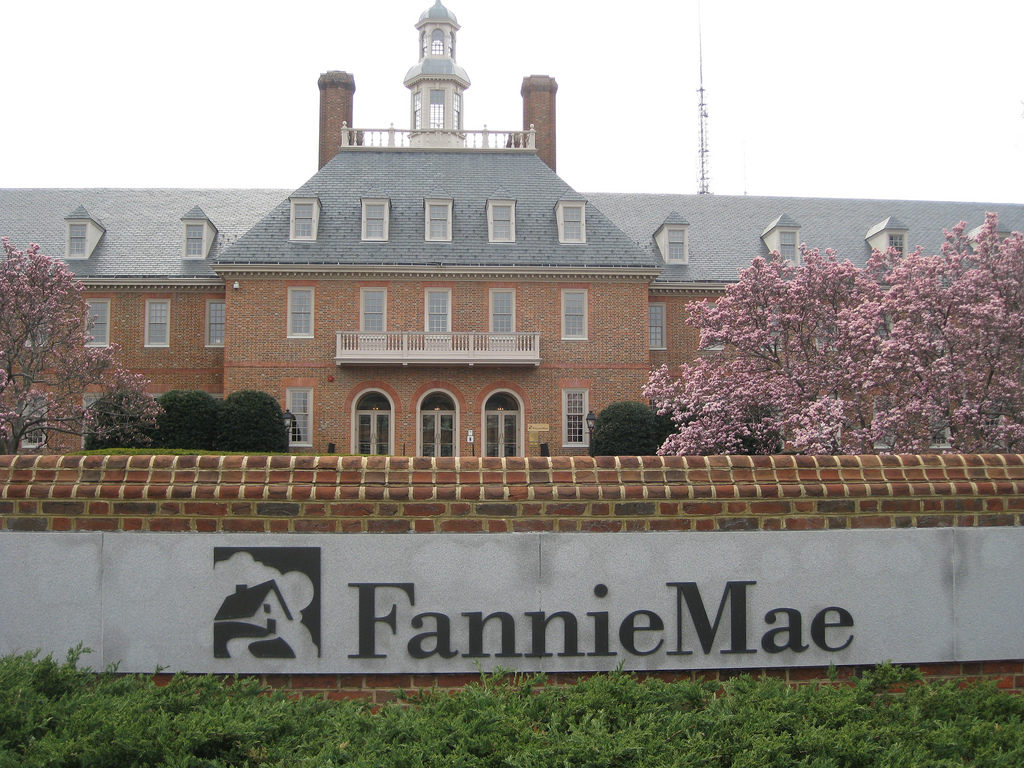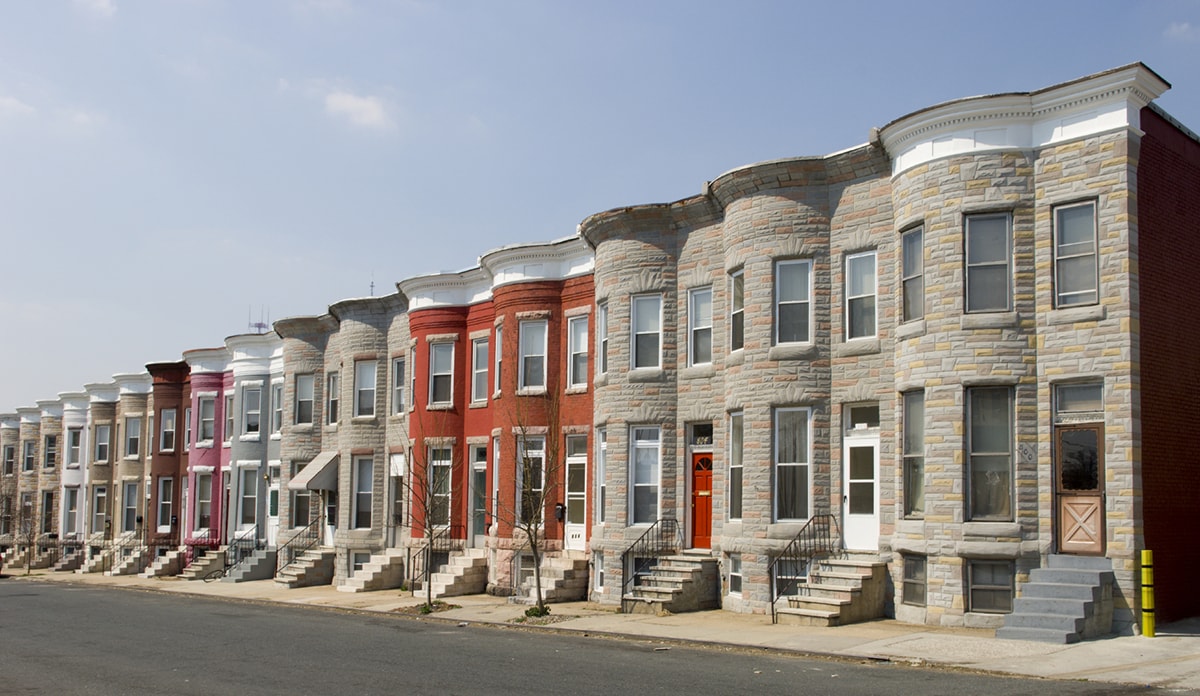Maryland is facing a serious housing shortage that is impacting the entire state, but especially the Baltimore Metropolitan area. The low inventory of available homes combined with high interest rates has made it difficult for potential buyers to find an affordable home in the area. This has caused a decrease in overall real estate sales, and an increase in rental prices. As a result, many people are unable to purchase a home due to financial constraints.
Historical median data for Harford County, Baltimore County, Anne Arundel County and Cecil County all have shown a decrease of approximately 30% in closed home sales for the 1st quarter of 2023 compared to the 1st quarter of 2022. The current homes offered for sale have also decreased compared to last year’s data. Harford County homes for sale are down 19.2%, Baltimore County inventory is down 30.2% and Cecil County homes for sale are down 35.6%. With that being noted the median sale prices for each county have increased marginally.
So, why is the inventory amount for houses on the market so low??
One reason inventory is so low nationally is that many homeowners were able to lock in record low interest rates in 2020 and 2021. Mortgage rates have continued to increase since then—the rate for a 30-year fixed mortgage reached 6.7% on March 9, nearly double that of a year ago, according to Freddie Mac. That means that homeowners who bought or refinanced with low interest rates are reluctant to sell their homes and buy another with a mortgage with a much higher interest rate.
Older Americans have decided to age in place. There is not much of an incentive for Baby Boomers to sell their home because of economic uncertainty. Demographics according to the National Association of Realtors owners used to sell every six or seven years but the typical seller in 2019 owned a home for 10 years. This amount is bound to increase due to the low rates of 2020 and 2021 – no one would willingly give up the low interest rates they locked into during this time.
Landlords are also not willing to sell. With rental rates rising and the high rates of return on investment, less and less investors are willing to sell and eliminate their lucrative cash flow. Approximately 33% of households rent their homes in Maryland: this is a large amount of inventory that will see no movement in the near future further adding to the bleak future of influx within the housing market.
The housing shortage in Maryland has been a long-standing issue, and it has only been exacerbated by the recent inflationary pressures. With the cost of living on the rise, the increase in interest rates for mortgages, many households are struggling to find affordable housing and are unable to keep up with rising rents. Unfortunately, this issue doesn’t seem like it is going anywhere anytime soon. A big reason higher home prices have been sustainable is that housing inventory is markedly low. And until that changes, home prices are unlikely to drop in the near future.
*Historical data for the Baltimore Metropolitan Area was noted from quarterly reports provided by Bright MLS, Inc.
